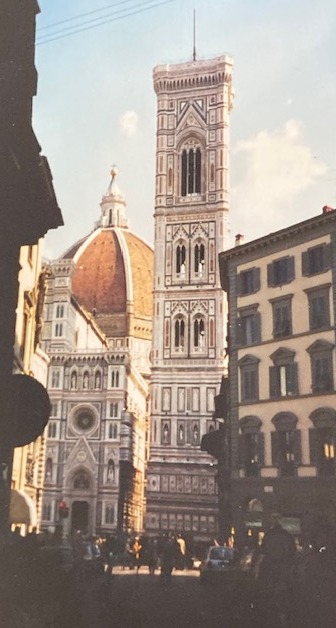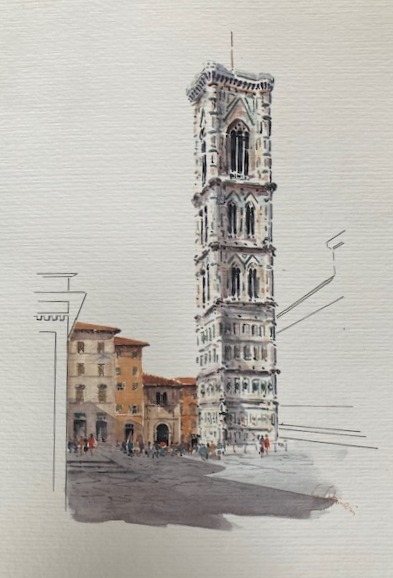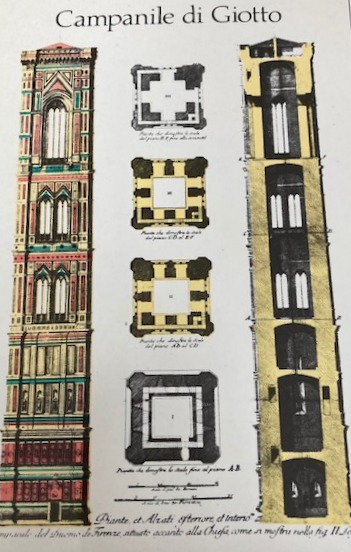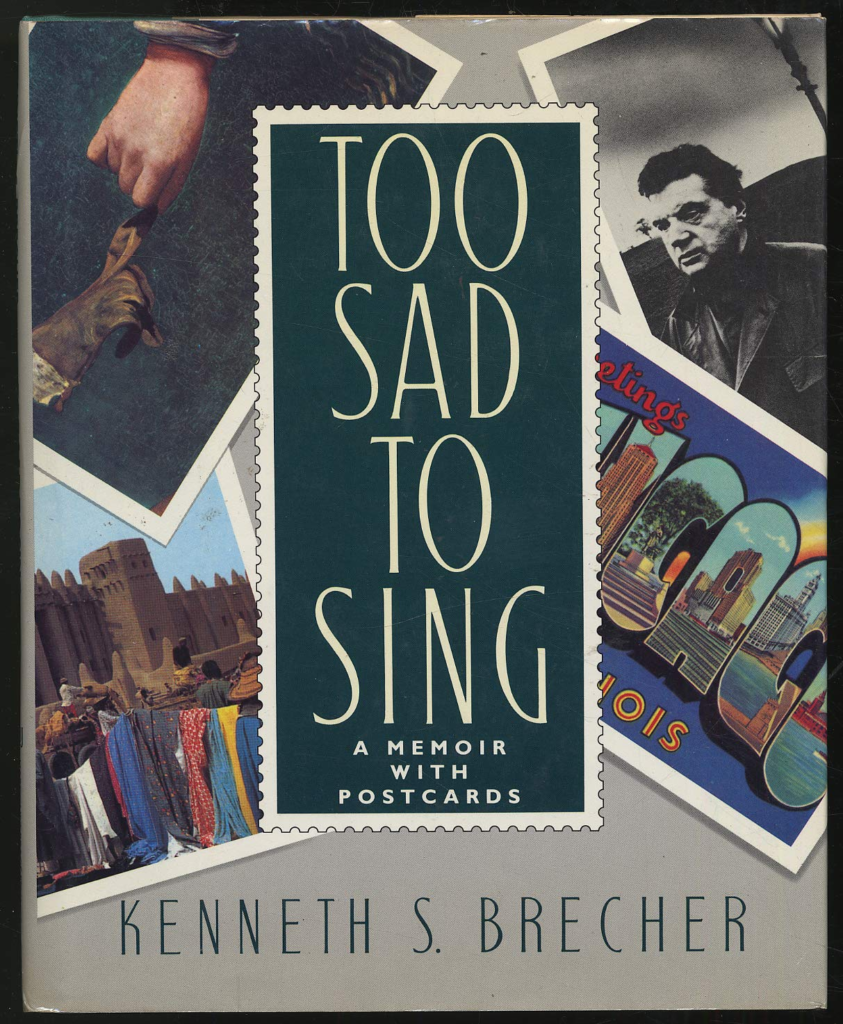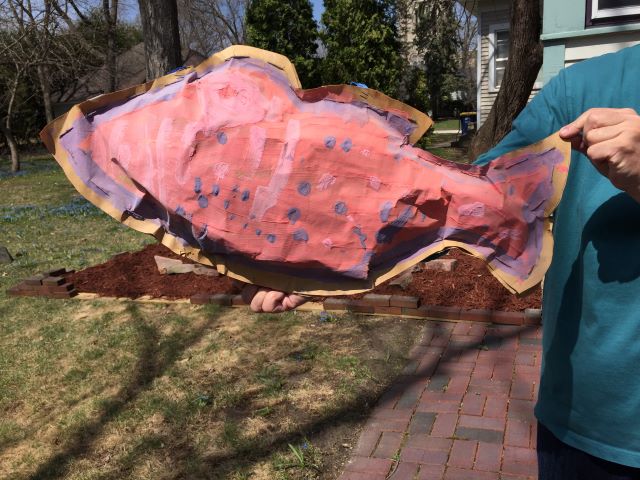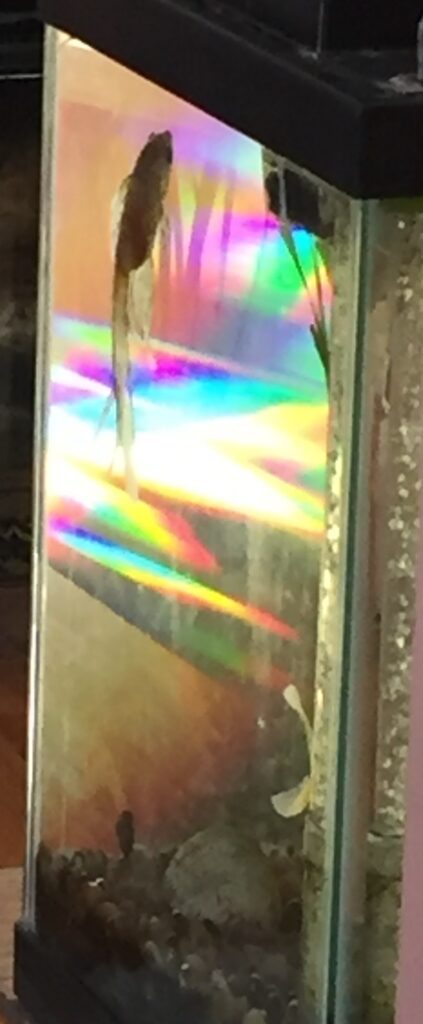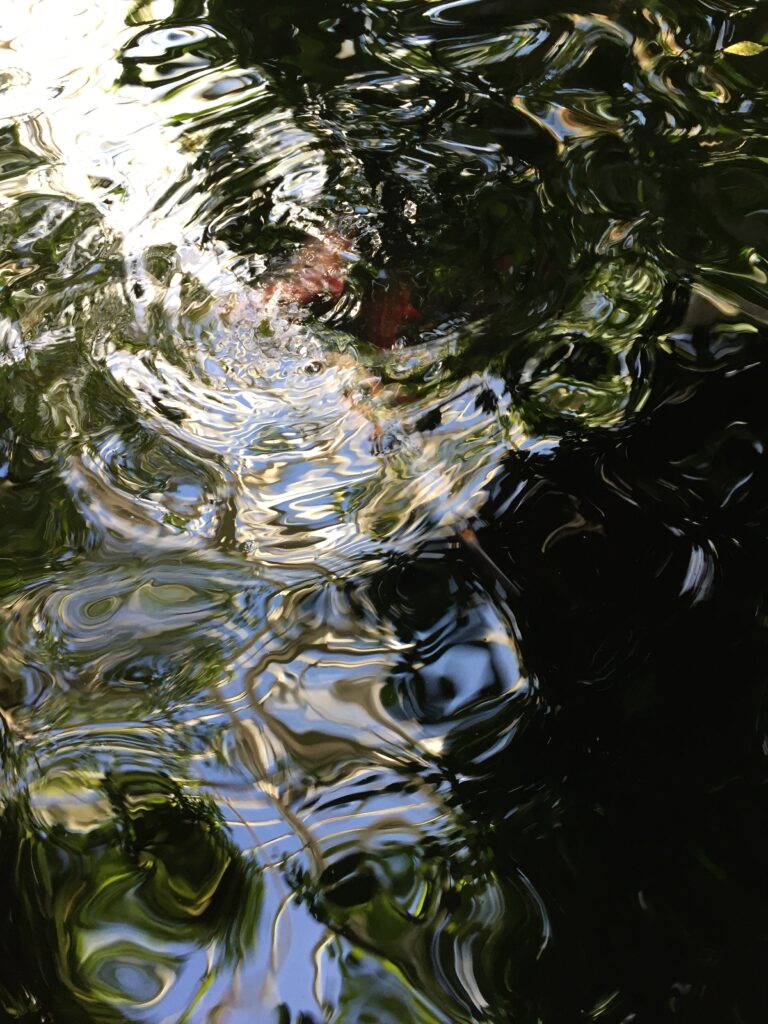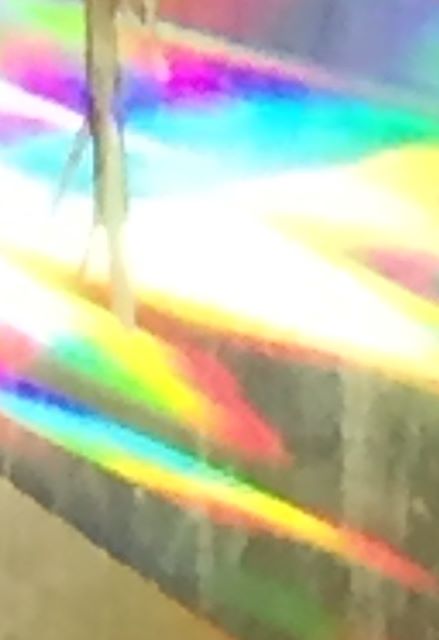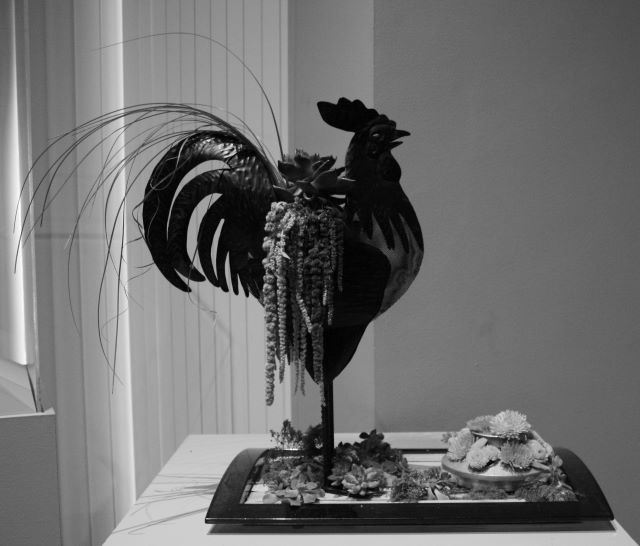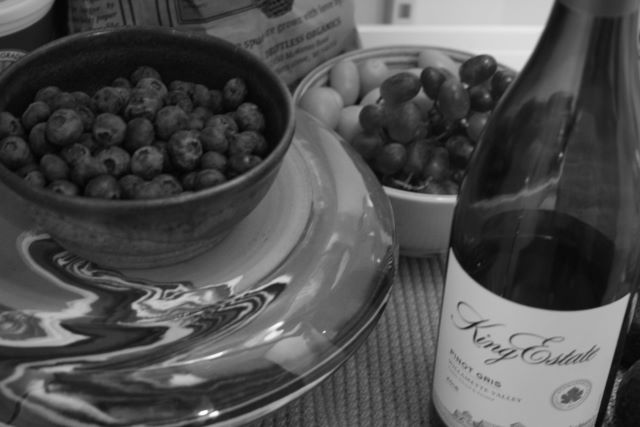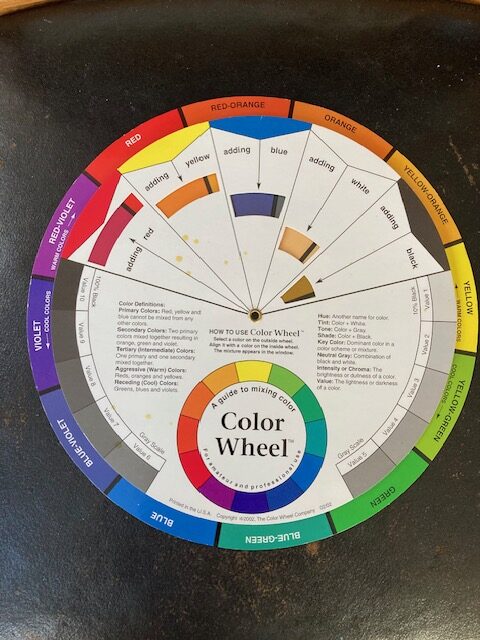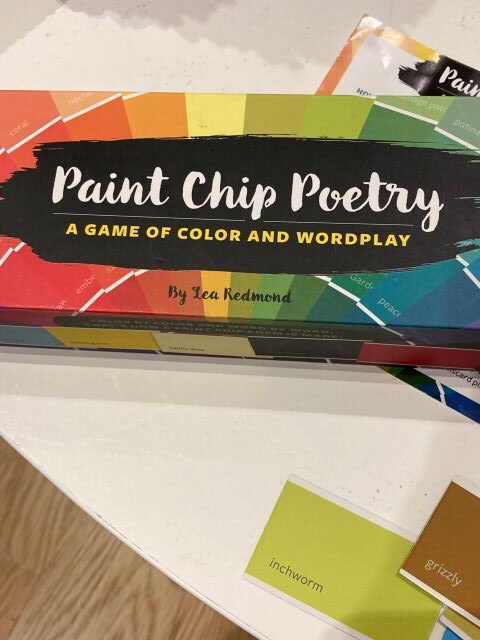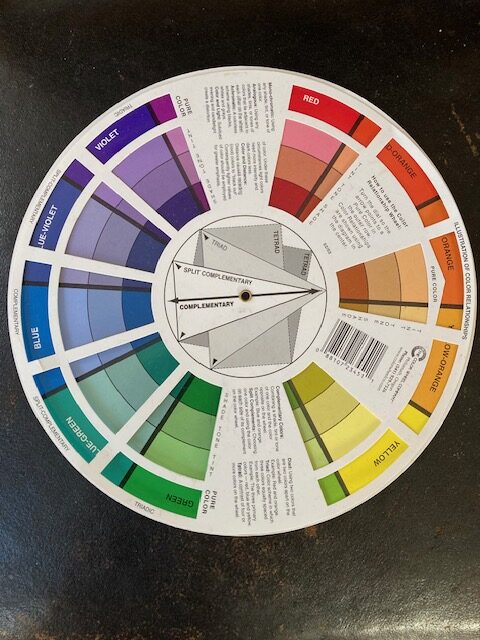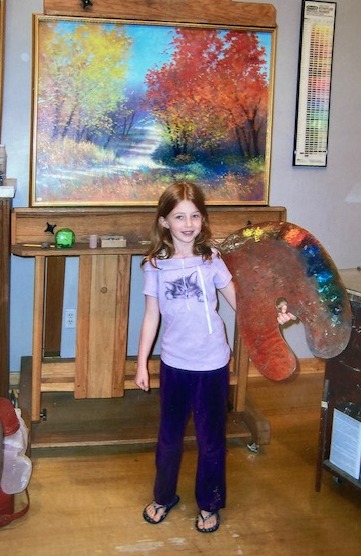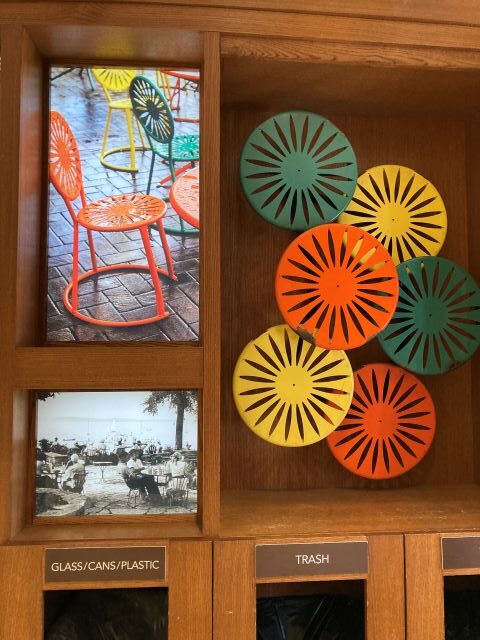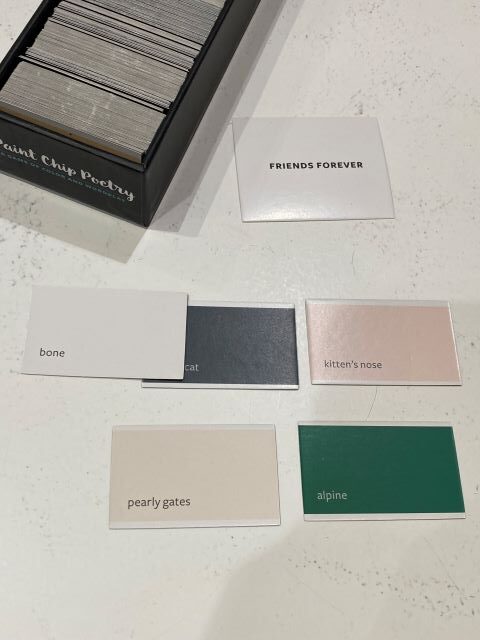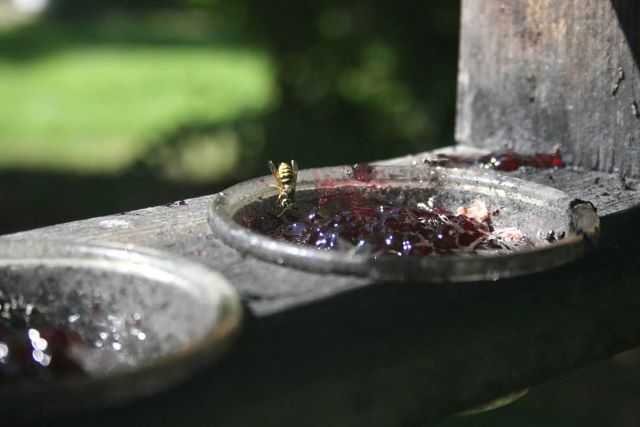
The final section of Geranium Lake is titled “Roadside Attraction.” It contains poems about what might be termed outsider art, from haute coutre to the fiberglass statue of the Jolly Green Giant or the simple design of the oriole feeder above. Innovation, inspiration, and good design can be found all around us. I, for one, do regard these one-of-a-kind objects as art.
Zinc for Corrine Years ago, my now-deceased neighbor set out small zinc dishes, fitted them into shallow depressions she routed out into the wood of her back-porch railing before filling them with purple jelly. She had made the jelly, too, from fruit of the crabapple tree at the front of her house. She was set on enticing the orange wink and blur of northern orioles to this feeder of her own design again, that spring, when she’d called me to bring my fitful camera. We waited, talking softly in the green-shadowed garden. None of the orioles came that afternoon, but her own nature, the sweetness of intention, pierces me now from behind my chance image, this still-glossy photograph: a churned surface of red-violet jelly, like a sea storm at sunset, and one delirious drunken wasp, diving headlong, accepting the sublime dish. Leslie Schultz

This concludes the preview to Geranium Lake. Later this summer, when the book is published, I will make an announcement here. Thank you for allowing me to share a first glimpse with you. It isn’t enclycopedic work on art–there are no poems in Geranium Lake inspired by film, fiction, dance, or drama, for instance–but I have enjoyed putting this collection together. Perhaps someday, in another book, I will have other poems that reflect and consider other forms of art and art-making. In any case, I shall keep my eyes open and my pencil ready!
Meanwhile, I hope you will see art in expected, and unexpected, places–today and everyday!
LESLIE


